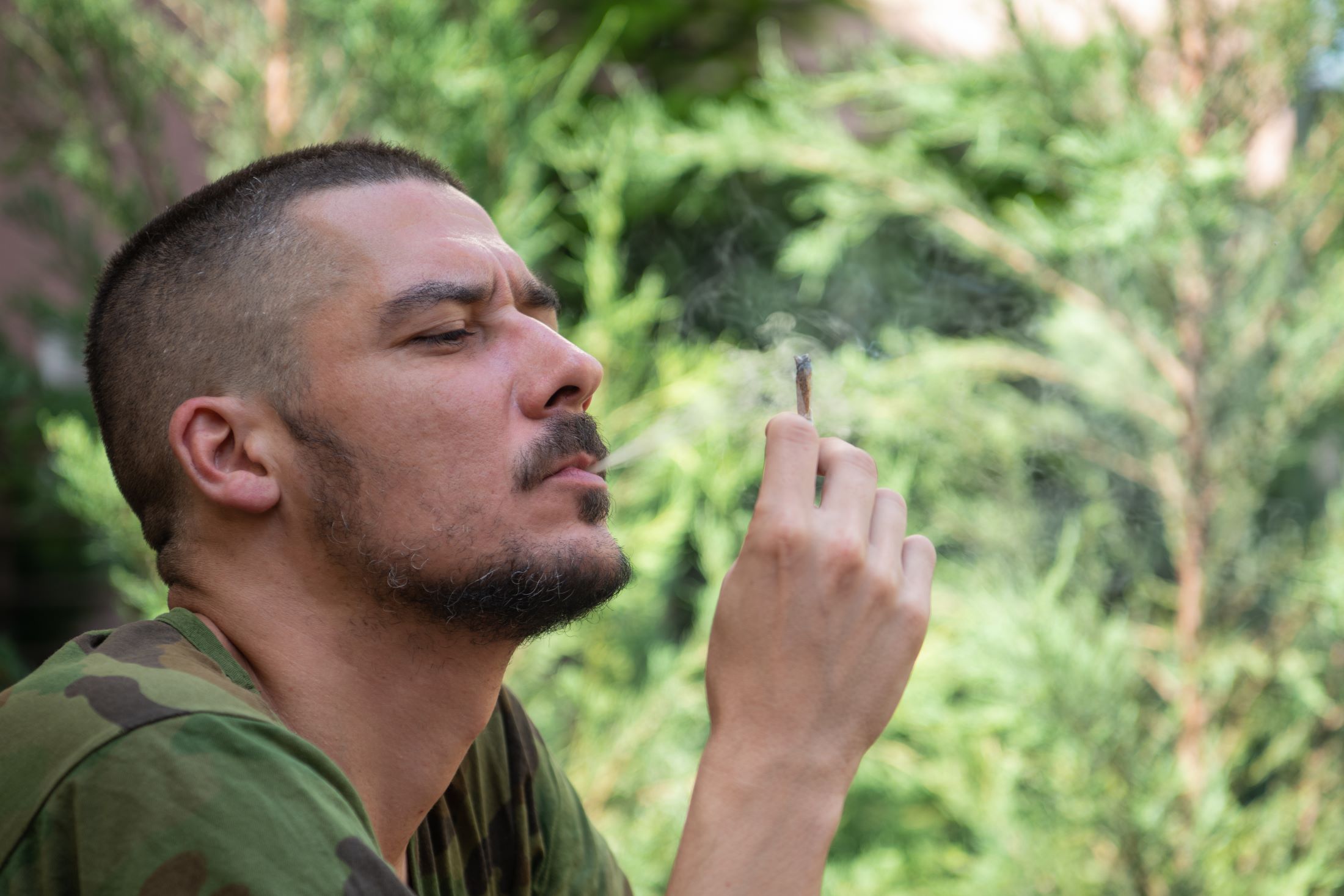As a company dedicated to providing holistic wellness solutions, we understand the unique challenges faced by our veterans. From physical injuries to mental health conditions, the journey back to civilian life can be daunting. However, there’s a beacon of hope on the horizon: medical cannabis. Here’s how veterans can harness the power of this natural remedy for their well-being.

Relieving Chronic Pain
One of the most prevalent issues among veterans is chronic pain, often stemming from injuries sustained during their service. Traditional pain management methods, such as opioids, can come with a host of side effects and risks, including addiction. Medical cannabis offers a safer alternative.
Cannabis contains compounds called cannabinoids, such as THC and CBD, which have been shown to have analgesic properties. By interacting with the body’s endocannabinoid system, cannabis can help alleviate pain without the harmful side effects of opioids. For veterans dealing with conditions like arthritis, back pain, or neuropathy, medical cannabis could provide much-needed relief and improve their quality of life.
Managing PTSD and Anxiety
Post-traumatic stress disorder (PTSD) and anxiety are prevalent among veterans, often stemming from traumatic experiences during their service. These conditions can have a profound impact on daily life, making it challenging to function and maintain healthy relationships. Fortunately, medical cannabis shows promise in managing symptoms of PTSD and anxiety.
Studies have shown that cannabis can help regulate mood and reduce the frequency and intensity of intrusive thoughts and nightmares associated with PTSD. Additionally, CBD, a non-psychoactive compound found in cannabis, has anxiolytic properties, meaning it can help alleviate anxiety and promote a sense of calm without the intoxicating effects of THC. For veterans struggling with PTSD and anxiety, medical cannabis could offer a path to peace of mind and emotional well-being.
Improving Sleep Quality
Sleep disturbances are another common issue among veterans, often linked to PTSD, chronic pain, or other mental health conditions. Without adequate rest, veterans may experience daytime fatigue, irritability, and difficulty concentrating, further impacting their overall well-being. Medical cannabis may offer a solution.
Certain strains of cannabis, particularly those high in CBD, have been reported to promote relaxation and improve sleep quality. By calming the mind and body, cannabis can help veterans achieve a deeper, more restful sleep, allowing them to wake up feeling refreshed and rejuvenated. By addressing sleep disturbances, medical cannabis can contribute to overall health and vitality for veterans.
Accessing Safe and Effective Treatment
At CannaLeaf Health, we recognize the importance of ensuring veterans have access to safe and effective medical cannabis treatment. That’s why we’re committed to providing high-quality products and personalized support to help veterans navigate their wellness journey with confidence.
Through our comprehensive education resources and compassionate care team, we empower veterans to make informed decisions about their health and explore the potential benefits of medical cannabis. Whether they’re seeking relief from chronic pain, managing symptoms of PTSD, or improving sleep quality, we’re here to guide them every step of the way.
Get Help From a Medical Cannabis Professional
Medical cannabis holds great promise as a natural remedy for veterans seeking relief from a variety of physical and mental health conditions. By harnessing the power of cannabis, veterans can reclaim their health and well-being, empowering them to live life to the fullest. At CannaLeaf Health, we’re proud to support our veterans on their journey to wellness with safe, effective, and compassionate care. Reach out to us today to learn more about how medical cannabis could help you!

